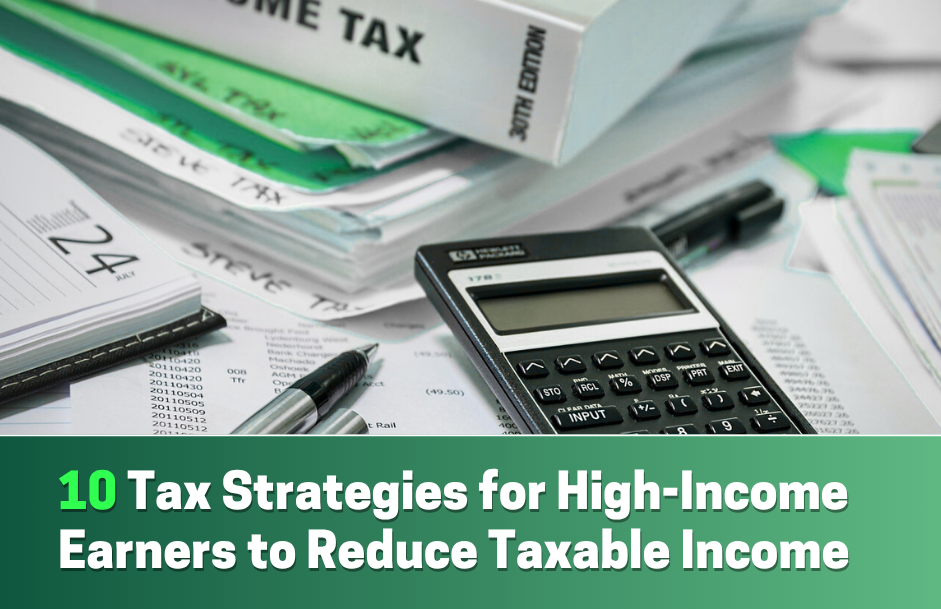
Unfortunately, this blog does not show properly on mobile devices. We apologize for the inconvenience.
One Big Beautiful Tax Bill Legislative Update
The “One Big Beautiful Tax Bill” became law earlier this month, and it has huge implications for financial planning and taxes. Introduced in July 2025, the bill discusses sweeping updates to child tax credits, overtime pay deductions, AMT thresholds, and more. To help you understand how these changes may affect you, Milestone will be presenting a webinar on August 8 at noon to discuss the relevant provisions (it will also be recorded). You can register for the webinar here:
In the meantime, we have prepared a table that compares current tax law to the provisions now enacted under the final version of the OBBBA.
Please note that this table is our current interpretation of the OBBBA and subject to change as more guidance on each provision is provided by the Internal Revenue Service and other government agencies.
| Policy | Previous Tax Law | OBBBA – New Tax Law as of 7/4/2025 |
|---|---|---|
| Individual Income Tax Rates | Tax brackets ranging from 10% to 37% set to revert to pre-2017 rates, including top rate of 39.6%. |
|
| Alternative Minimum Tax | TCJA increased AMT exemption amounts and phaseout thresholds; both are adjusted for inflation annually.
AMT exemption amounts: MFJ: $137,000 MFS: $68,500 All other taxpayers: $88,100 Phaseout thresholds: MFJ: $1,252,700 MFS: $626,530 All other taxpayers: $626,530 Rate at which the AMT exemption phases out: 25% |
|
| Standard Deduction | Increased standard deduction is set to expire after December 31, 2025. |
|
| SALT Deduction | $10,000 cap on SALT deduction. |
|
| Auto Loan Interest | No deduction for auto loan interest. |
|
| Tip Income | Tips are considered taxable income. |
|
| Child Tax Credit | Credit will decrease from $2,000 to $1,000 per child. |
|
| Credit for Other Dependents | $500 credit for other dependents. |
|
| Dependent Care Flexible Spending Account | Maximum funding of Dependent Care FSA is $5,000. |
|
| Overtime Pay | Overtime pay is considered taxable income. |
|
| Enhanced Deduction for Seniors | No enhanced deduction for seniors. |
|
| Tax Credit for Contributions of Individuals to Scholarship-Granting Organizations | No current tax credit. |
|
| 529 Plan Expenses | Tax-free withdrawals for K–12 and college tuition, books, supplies, and other qualified expenses with certain limitations. |
|
| ABLE Accounts | Additional contribution limit to Achieving a Better Life Experience (ABLE) accounts for individuals with a disability who are employed is equal to the lesser of (1) the applicable federal poverty level for a one-person household in the prior year or (2) the beneficiary’s compensation for the year; set to expire Dec. 31, 2025.
Saver’s Credit set to expire Dec. 31, 2025. Ability to do tax-free rollover of amounts from Section 529 qualified tuition programs to qualified ABLE programs set to expire Dec. 31, 2025. |
|
| Casualty Loss Deduction | Itemized deduction only for losses from federally declared disasters set to return after Dec. 31, 2025. |
|
| Miscellaneous Itemized Deductions | Individuals will be permitted to deduct until after Dec. 31, 2025. |
|
| Mortgage Interest Deduction | $750,000 cap for mortgage interest to rise to $1 million after 2025. |
|
| Itemized Deduction Limitation | No reduction applies. |
|
| Charitable Deduction for Standard Deduction Filers | This provision was temporarily available up to $500 during tax years 2020 and 2021. |
|
| Charitable Deduction | No AGI-based floor on charitable contributions—eligible donations are deductible up to applicable percentage limits, without requiring contributions to exceed a minimum threshold. |
|
| Gambling Losses | Gambling losses deductible up to 100% of winnings. |
|
| Qualified Business Income Deduction | 20% deduction expires after 2025. |
|
| HSA Catch-Up Contributions | Separate accounts for spouses. |
|
| HSA Contribution Limit | Indexed annually. |
|
| HSA Plan Types | Affordable Care Act (ACA) Bronze plans not eligible for HSAs.
Temporarily allowed telehealth coverage before deductible through 2024. Disqualified HSA eligibility for direct primary care. Prohibited use of HSAs for direct primary care fees. |
|
| Third-Party Network (PayPal/Venmo/eBay, etc.) Transactions | Form 1099-K required for payments exceeding $2,500. |
|
| Threshold for 1099 Reporting | $600. |
|
| Energy Credits | Credits currently available. |
|
| Estate Tax | $13.9M estate/generation-skipping exemption, expires 2025. |
|
| Trump Accounts | N/A |
|
| Income Exclusion for Employer of Student Loans | Excludes from income up to $5,250 per year of certain educational assistance provided by an employer under a qualifying educational assistance program. |
|
| Student Loans | Graduate and professional students could borrow up to the full cost of attendance through Grad PLUS loans.
Parents of undergraduates could borrow up to the full cost of attendance through Parent PLUS loans. |
|
| Premium Tax Credit Subsidies | Temporarily expanded under ARPA (2021) and extended through 2025 by the Inflation Reduction Act (IRA). Removed income cap and limited premiums to 8.5% of household income. | Expanded subsidies have now expired. Subsidies will revert to pre-ARPA levels starting in 2026. This means that subsidies are again available only to households with income under 400% of the federal poverty limit. In addition, the subsidy amount will now again be reconciled on your tax return, and overpayment will need to be repaid with your tax return filing. This is effective 1/1/2026. |
As another reminder, the above table is our current interpretation of the "One Big Beautiful Tax Bill" and is subject to change as more guidance on each provision is provided by the IRS. If you have questions on how these laws may affect you, a financial advisor with tax expertise can help. If you're looking for an advisor to talk with, please don't hesitate to reach out at (603)589-8010 to see how we can help you.
Disclaimer: This is not to be considered investment, tax, or financial advice. Please review your personal situation with your tax and/or financial advisor. Milestone Financial Planning, LLC (Milestone) is a fee-only financial planning firm and registered investment advisor in Bedford, NH. Milestone works with clients on a long-term, ongoing basis. Our fees are based on the assets that we manage and may include an annual financial planning subscription fee. Clients receive financial planning, tax planning, retirement planning, and investment management services and have unlimited access to our advisors. We receive no commissions or referral fees. We put our client’s interests first. If you need assistance with your investments or financial planning, please reach out to one of our fee-only advisors. Advisory services are only offered to clients or prospective clients where Milestone and its representatives are properly licensed or exempt from licensure. Past performance shown is not indicative of future results, which could differ substantially.



